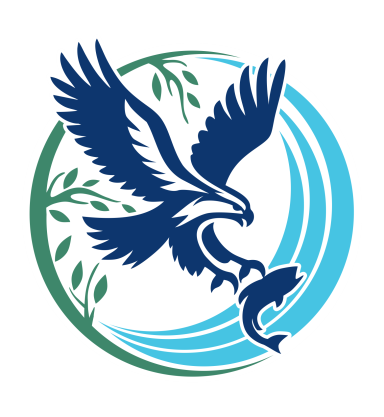Frequently Asked Questions
Don't see your question here? Please contact us using the contact form below.
How would this benefit the community?
Many reasons! Some key benefits include improved water quality in the canals, the possible creation of 100+ acres of natural space around Marco Island, enhanced biodiversity in the waterways, and improved storm resilience.
How does removing the sediment improve water quality?
Based upon the field monitoring and sediment incubation experiments conducted by ERD, it is apparent that the existing sediment accumulations contribute the most significant
nitrogen loading to the waterways each year, and water quality within the waterways could be improved by reducing the observed internal nitrogen loadings (ERD 2024).
C-HAWQ proposes the most effective way to remove this sediment is to mechanical dredge and beneficially reuse the material to build nearby island sites which vegetation and oyster reefs to continously improve the water quality.
Hasn't the City seen this idea proposed before?
A firm has proposed a similar idea in concept, but the important factors to distinguish would be their proposal:
- lacks all of the engineering and permitting
- has a much more basic planting option/model and lacks the diversity compared to the C-HAWQ proposed natural habitats
- does not offer to help fund the project
The C-HAWQ's fund, design, permit and build offer through an unsolicited P3 proposal is a more comprehensive offer.
Would the funding of this project be used to upgrade the Water Treatment plant?
No, any funds received for this project from grants or appropriations could not be used to upgrade the water treatment plant.
However, our project has no impact on the City’s ability to upgrade the water treatment plant and our team is not against that effort.
The reports the City funded both concluded the water quality issues in the canals will not be solved by upgrading to an Advanced Water Treatment (AWT) plant. However, this could still be a benefit to the City and the C-HAWQ is in support of any solutions that could improve water quality.
How long would you be in a canal near my home?
Depending on the size and length of the canal, we would plan for crew & equipment to be operating a canal for approximately a few days to a few weeks. This depends on the size of the canal or channel area.
Would this cost me as a resident?
There plans to be no additional cost to the general public.
Will it be noisy?
The crew would be operating specialized heavy machinery that emits noise. However, this noise should not exceed the decibel limits in place by the City of Marco Island.
What times would the crew work?
Crews would only be authorized to operate construction activity from 7 am until 7 pm on weekdays and Saturdays. There would be no operation on Sundays or holidays recognized federally or by the City of Marco Island.
The City of Marco Island schedule can be found here. Noise ordinance law can be found here.
How would this project being funded?
The project is proposed to be funded by grants and state appropriations at the cost of the C-HAWQ team.
How would project progress be shared?
Project updates would be shared on the website, our Facebook page, and via our newsletter which you can subscribe to by using our contact form below.
Would there be road traffic or closures?
No. The majority of the project operations would be occurring on the water. The only time equipment could be on the roads is in the initial, one-time transportation of the equipment to Marco Island and initial loading into the water.
What safety precautions would be made?
All equipment would be insured, operators would be licensed and insured, and our organization would follow all state and federal regulations for operating as a general contractor to the City of Marco Island, FL.
Would there be canal closures?
Canal or bridge access would not be inhibited by any project activity. There would not be closures.
How would materials or equipment reach unnavigable areas?
The crew would be utilizing state-of-the-art machinery that can reach difficult and typically unnavigable areas.
How are the islands being designed?
Watch our project video to see a visual demo of how the islands would be built and planted. Watch Here!
Won't there be more mosquitos?
Actually the addition of native vegetation and mangrove habitats would help provide additional habitat for the organisms and wildlife that eat mosquito adults and larvae.
Read our blog post to learn more about how techniques for reducing mosquitos around your home.
Contact Us
Complete our form to receive updates on the project and ask questions
